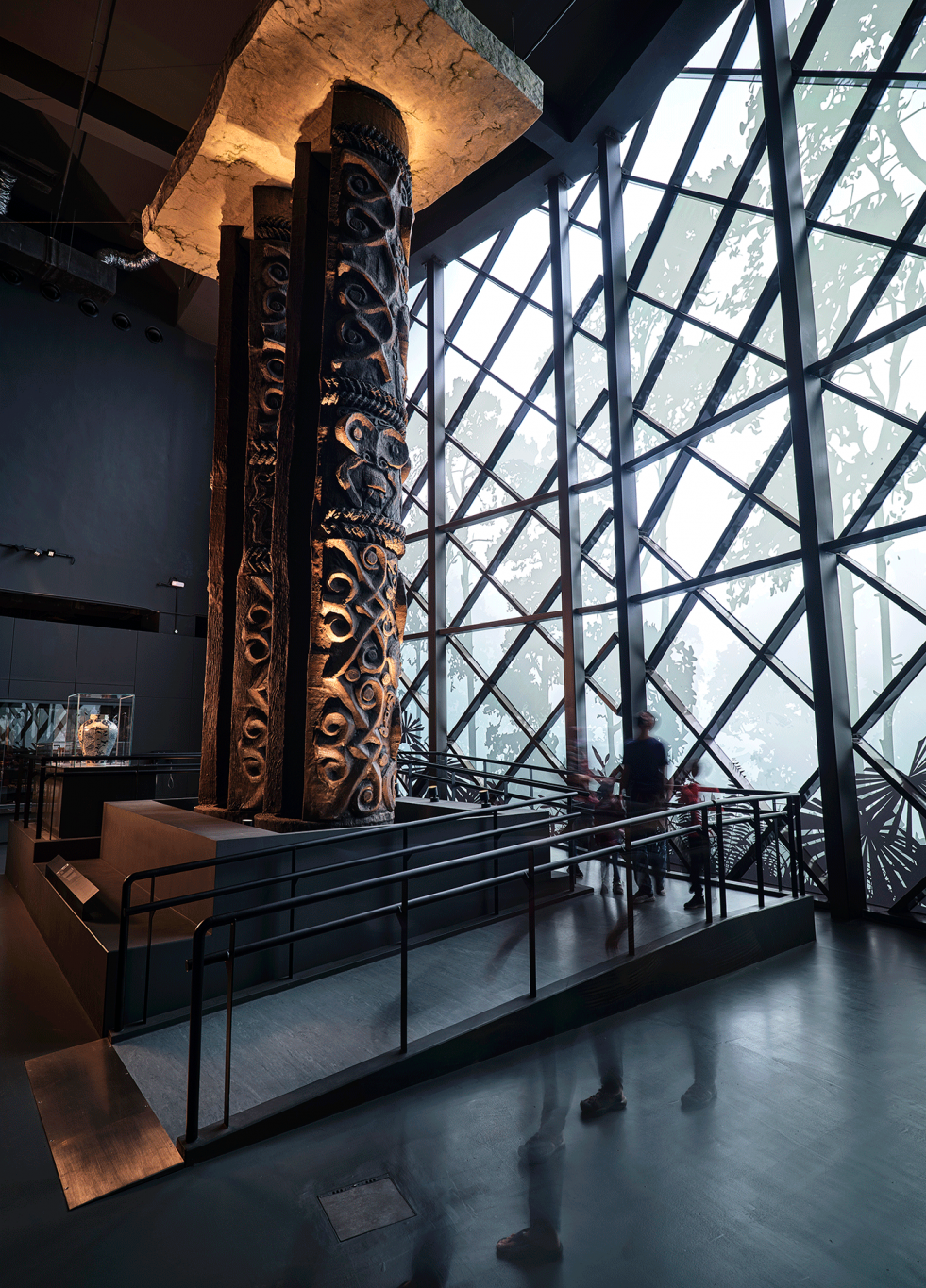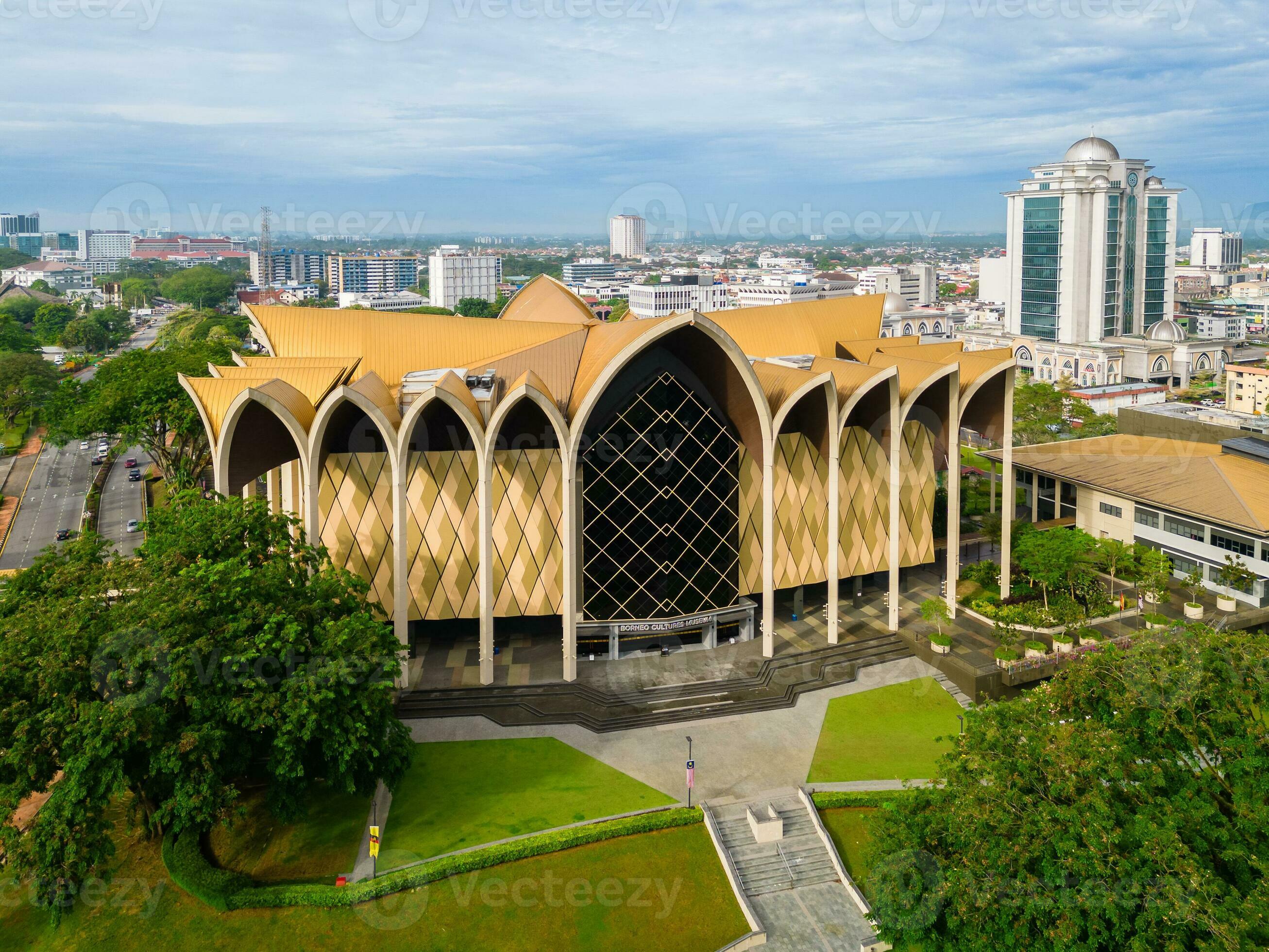Discover the Significance of Borneo Cultures Museum
Explore the Fascinating Globe of Borneo's Cultural Heritage: A Comprehensive Overview to the Cultures Museum Experience
Submersing oneself in the detailed tapestry of Borneo's social heritage belongs to starting a trip with time and tradition. The blend of indigenous tribes, traditional inventions, fascinating performances, and historical stories housed within the confines of the island's galleries provides a glimpse right into a world including vibrant customs and profound heritages. As site visitors go across through these repositories of society, they are beckoned to discover a realm where past and present intermingle, welcoming consideration on the resilience and richness of Borneo's varied heritage.
Indigenous Tribes of Borneo
Borneo is home to over 50 aboriginal tribes, each with special cultural methods and traditions that have actually been preserved for generations. Among these people are the Iban, understood for their intricate tattoos and standard longhouses where several family members reside. The Dayak individuals, one more prominent group, involve in intricate spiritual ceremonies and are skilled artisans, crafting detailed wood carvings and woven textiles. The Penan people, on the various other hand, are nomadic hunter-gatherers with a deep link to the rainforest, using blowpipes for hunting and gathering wild plants for nourishment.
These native people play a crucial role in maintaining Borneo's rich cultural tapestry. Despite exterior influences and modernization, many tribes continue to support their beliefs, languages, and customs. Visitors to Borneo have the opportunity to immerse themselves in the unique lifestyles of these tribes through cultural tours, homestays, and community-based tourism campaigns. By engaging with these aboriginal areas, site visitors can acquire a deeper recognition for the diversity and resilience of Borneo's aboriginal heritage.
Standard Handicrafts and Artefacts

One noticeable example of standard inventions in Borneo is the production of woven products - Borneo Cultures Museum. Experienced weavers utilize all-natural fibers like pandan, bamboo, and rattan entrusts to produce complex baskets, floor coverings, and devices embellished with colorful patterns that hold symbolic significances within the community
The art of woodcarving is an additional substantial facet of Borneo's traditional inventions. Craftsmens carve complex layouts into various types of wood to produce masks, sculptures, and musical instruments that not only serve functional functions however likewise hold social significance, frequently portraying folklore or spiritual beliefs.
In Addition, Borneo is renowned for its beadwork, with craftsmens diligently crafting grains from products like glass, seeds, and coverings to develop precious jewelry, apparel decorations, and attractive things that display the area's vivid visual practices. These typical handicrafts and artefacts not only serve as tangible expressions of Borneo's social heritage but likewise give insights into the areas' ideas, worths, and lifestyle.

Cultural Performances and Festivals
With a deep-rooted connection to their social traditions, the areas in Borneo come to life via vivid cultural performances and celebrations that commemorate their heritage. These occasions showcase the abundant diversity of Borneo's ethnic groups, each offering special dances, songs, and rituals that have actually been passed down via generations. One of one of the most distinguished festivals is Borneo Cultures Museum the Gawai Dayak, celebrated by the Dayak people to note the rice harvesting period. Throughout this celebration, standard music loads the air, intricate dancings are executed, and sophisticated conventional outfits are worn. One more substantial event is the Pesta Kaamatan, celebrated by the Kadazandusun area to give thanks for the rice harvest. This event features cultural performances, including the Sumazau dance, and traditional sporting activities like the bamboo dancing. Visitors to Borneo can immerse themselves in these celebrations, gaining a deeper understanding of the area's social heritage and experiencing the warm hospitality of its people. Cultural efficiencies and events function as a lively suggestion of Borneo's abundant social tapestry and the value of preserving these practices for future generations.
Historic Stories and Artifacts
Checking out the historic stories and artefacts of Borneo offers an interesting glimpse into the area's rich past and social evolution. Borneo's historic tapestry is woven with diverse impacts, reflecting the interactions in between native tribes, Chinese traders, European colonizers, and Malay sultanates. The artifacts found in Borneo display this complex history, ranging from conventional crafts like detailed beadwork and woodcarvings to archaeological prizes such as ancient ceramic and tools.
One of one of the most engaging aspects of Borneo's historical stories is the conservation of oral practices passed down via generations. These tales provide understandings into the beliefs, customizeds, and day-to-days live of Borneo's inhabitants throughout the centuries. Moreover, the artefacts uncovered from archaeological websites supply concrete links to these stories, enabling site visitors to witness the product culture of previous cultures firsthand.
Contemporary Cultural Conservation Efforts

Moreover, educational programs and social exchange activities play a vital role in raising awareness regarding the relevance of maintaining Borneo's one-of-a-kind social heritage. By engaging institutions, galleries, and the larger neighborhood in conversations and activities that celebrate Borneo's varied cultures, conservation efforts can obtain momentum and support for lasting sustainability. Collaborations in between governmental bodies, non-profit companies, and neighborhood areas are crucial in driving these conservation endeavors ahead, guaranteeing that Borneo's abundant cultural heritage stays vivid and valued for generations to come.
Conclusion
In final thought, the social heritage of Borneo is rich and diverse, with aboriginal tribes, conventional handicrafts, social performances, events, historical narratives, and modern conservation efforts all adding to its individuality and relevance. Visitors to Borneo's social museums can get a much deeper understanding and recognition of the region's social heritage, allowing for a much more immersive and informing experience.
Submersing oneself in the elaborate tapestry of Borneo's social heritage is comparable to beginning on a trip through time and custom.With an ingrained connection to their social customs, the areas in Borneo come alive with lively social performances and festivals that celebrate their heritage. Social efficiencies and events serve as a vivid suggestion of Borneo's rich cultural tapestry and the significance of protecting these customs for future generations.
Moreover, academic programs and cultural exchange activities play a critical duty in increasing understanding regarding the relevance of maintaining Borneo's unique cultural heritage. Cooperations in between governmental bodies, charitable companies, and neighborhood areas are essential in driving these conservation ventures forward, guaranteeing that Borneo's rich cultural heritage remains dynamic and valued for generations to come.